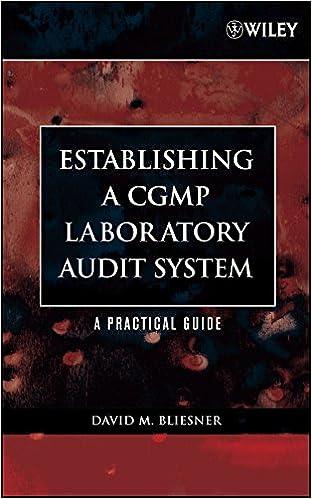Question Help E6-17A (similar to) Dave Company's inventory records for its retail division show the following at December 31: (Click the icon to view the accounting records.) At December 31, 11 of these units are on hand. Read the requirements. Requirement 1. Compute cost of goods sold and ending inventory, using each of the following four inventory methods: Begin by entering the number of units sold and number of units in ending inventory. Then calculate cost of goods sold and ending inventory using (a) specific identification, then (b) average cost, then (e) FIFO, and finally (d) LIFO. (Round the average cost per unit to the nearest cont. Round all final answers to the nearest whole dollar) Number of units Requirements orrect: 0 /1) Cost of goods sold Ending inventory 0/1) 1. Compute cost of goods sold and ending inventory, using each of the following methods: a. Specific identification, with seven $165 units and four $175 units still on hand at the end b. Average cost FIFO d. LIFO 2. Which method produces the highest cost of goods sold? Which method produces the lowest cost of goods sold? What causes the difference in cost of goods sold? Enter any number in the edit fields and then click Check Answe 2 Print Done 7 Parts remaining Question Help E6-17A (similar to) Dave Company's inventory records for its retail division show the following at December 31: (Click the icon to view the accounting records.) At December 31, 11 of these units are on hand. Read the requirements. Requirement 1. Compute cost of goods sold and ending inventory, using each of the following four inventory methods: Begin by entering the number of units sold and number of units in ending inventory. Then calculate cost of goods sold and ending inventory using (a) specific identification, then (b) average cost, then (e) FIFO, and finally (d) LIFO. (Round the average cost per unit to the nearest cont. Round all final answers to the nearest whole dollar) Number of units Requirements orrect: 0 /1) Cost of goods sold Ending inventory 0/1) 1. Compute cost of goods sold and ending inventory, using each of the following methods: a. Specific identification, with seven $165 units and four $175 units still on hand at the end b. Average cost FIFO d. LIFO 2. Which method produces the highest cost of goods sold? Which method produces the lowest cost of goods sold? What causes the difference in cost of goods sold? Enter any number in the edit fields and then click Check Answe 2 Print Done 7 Parts remaining







